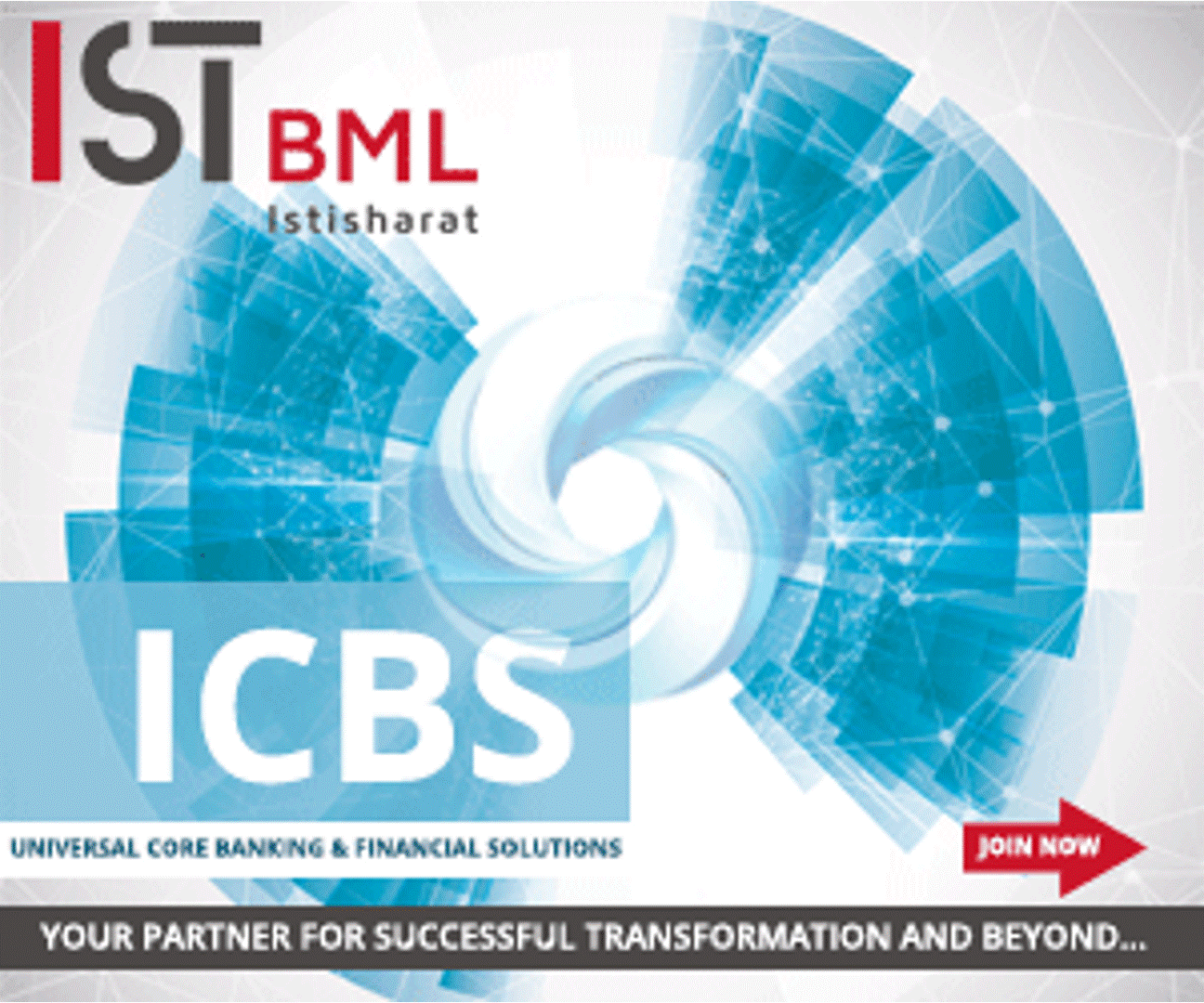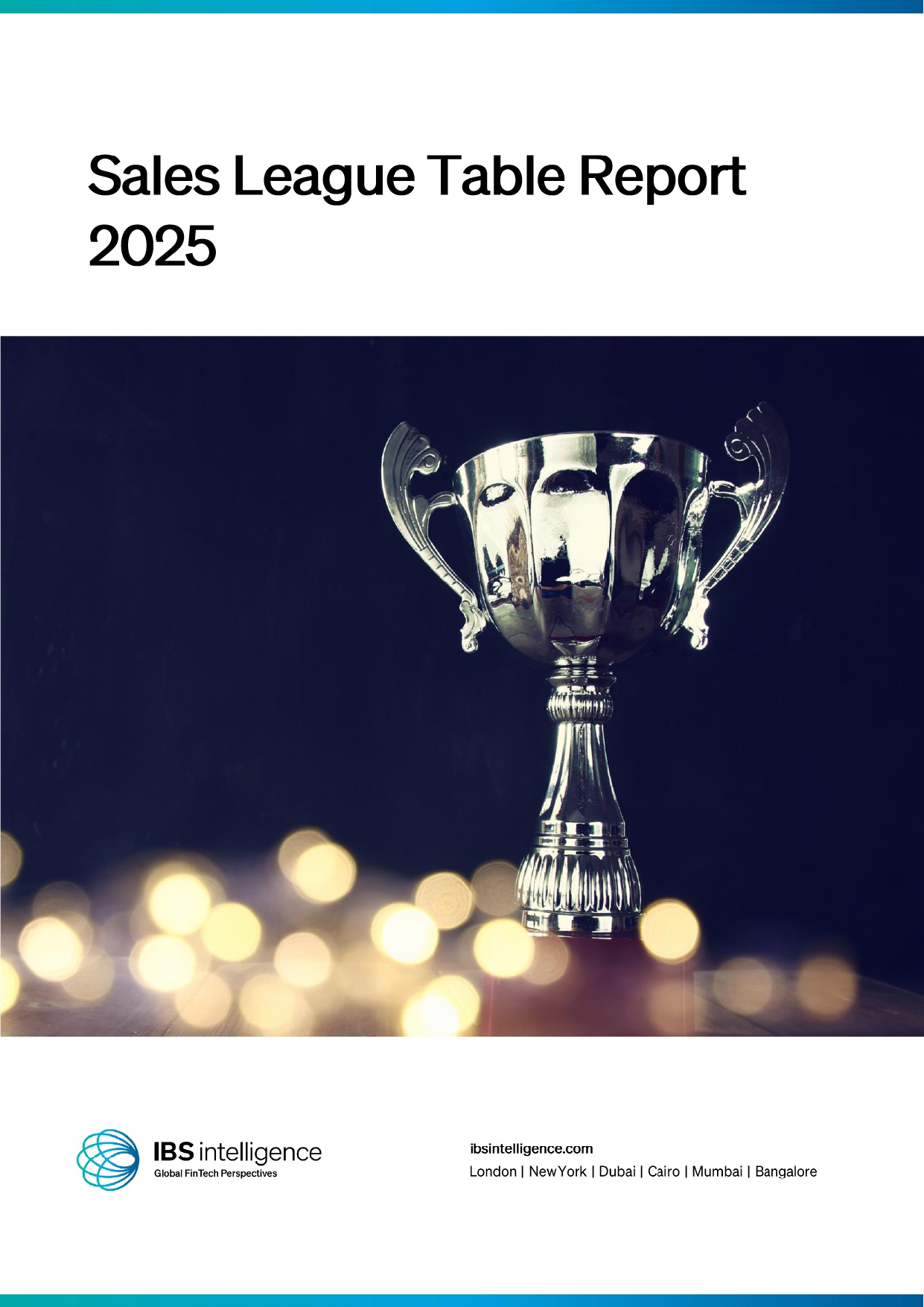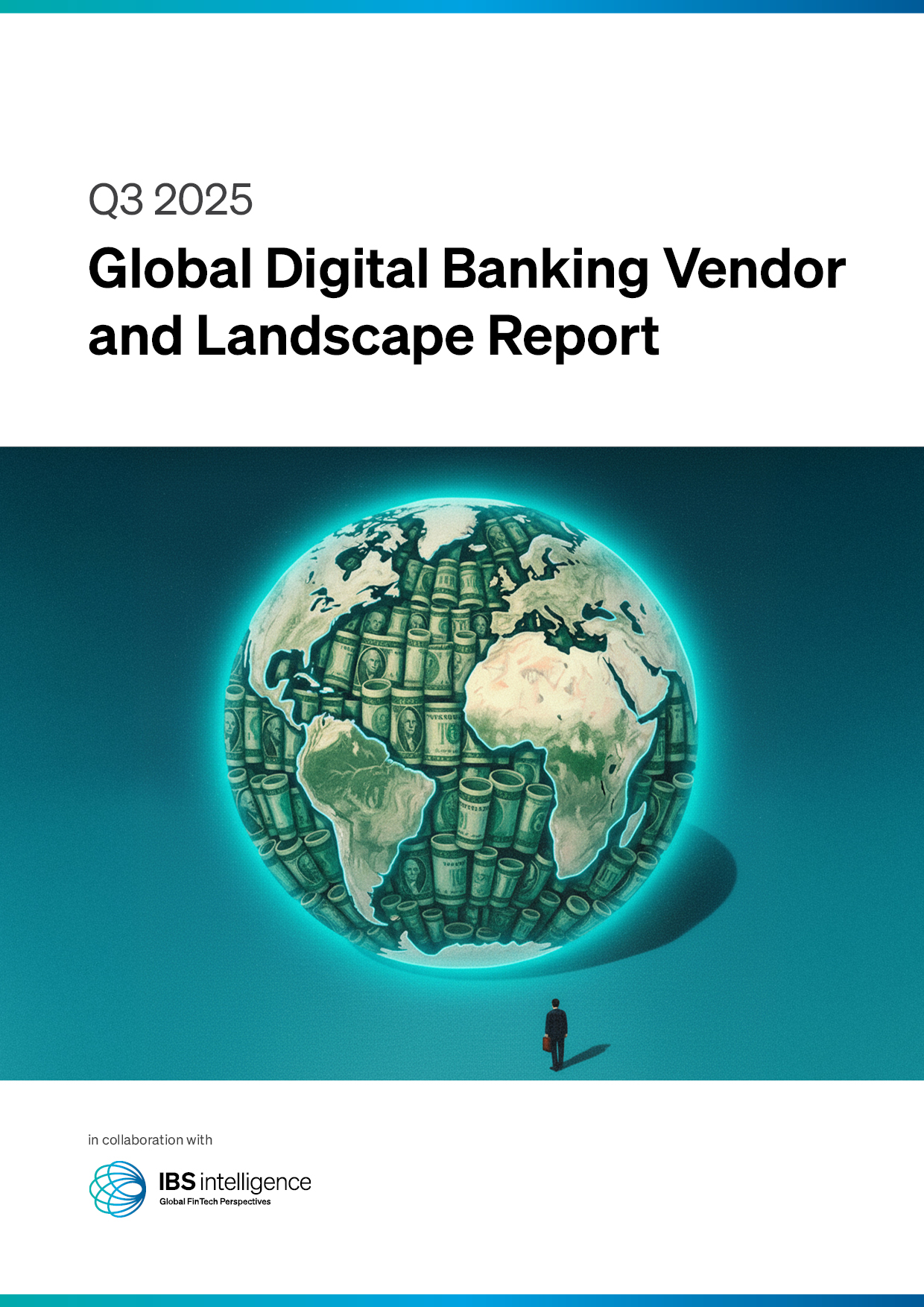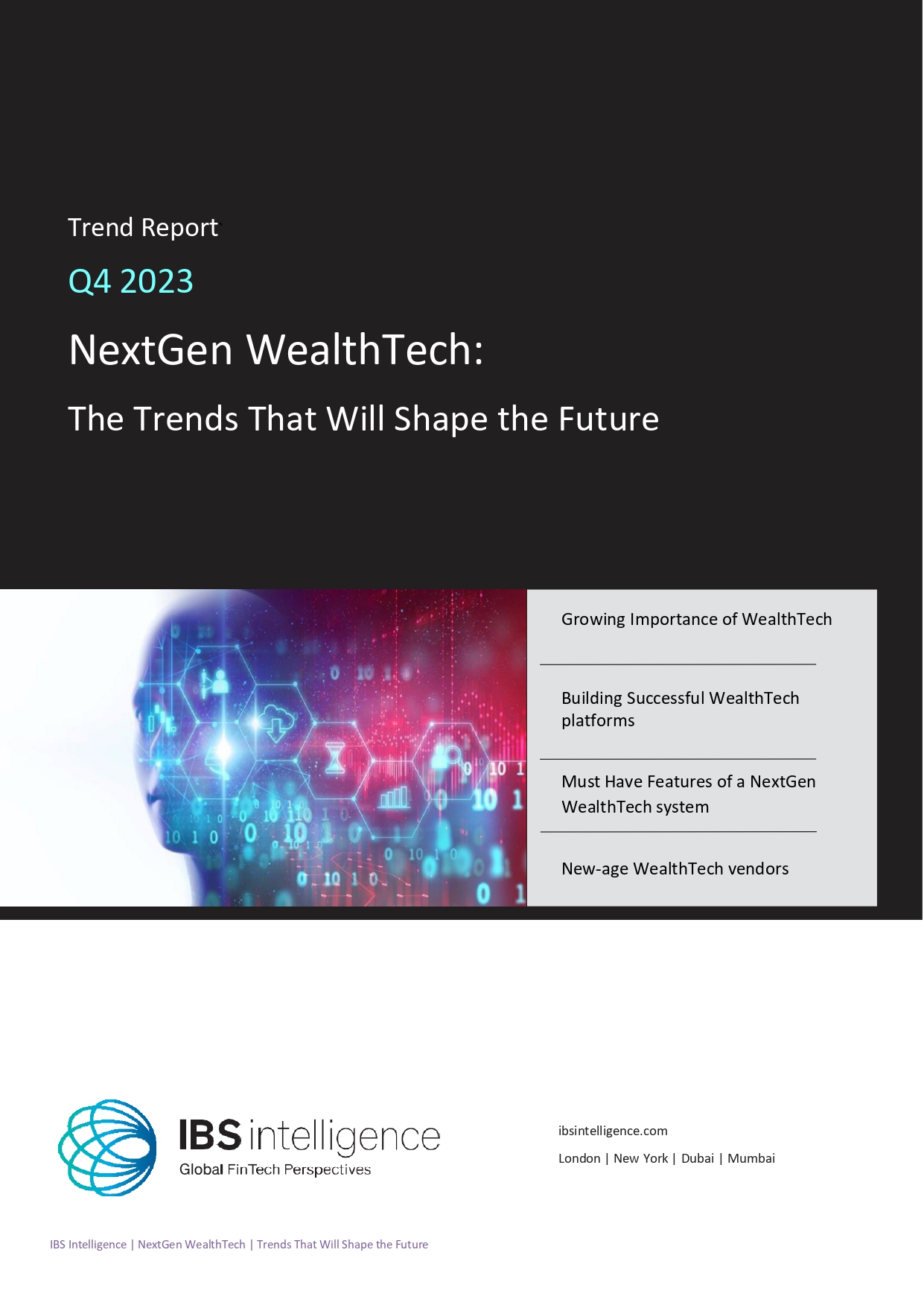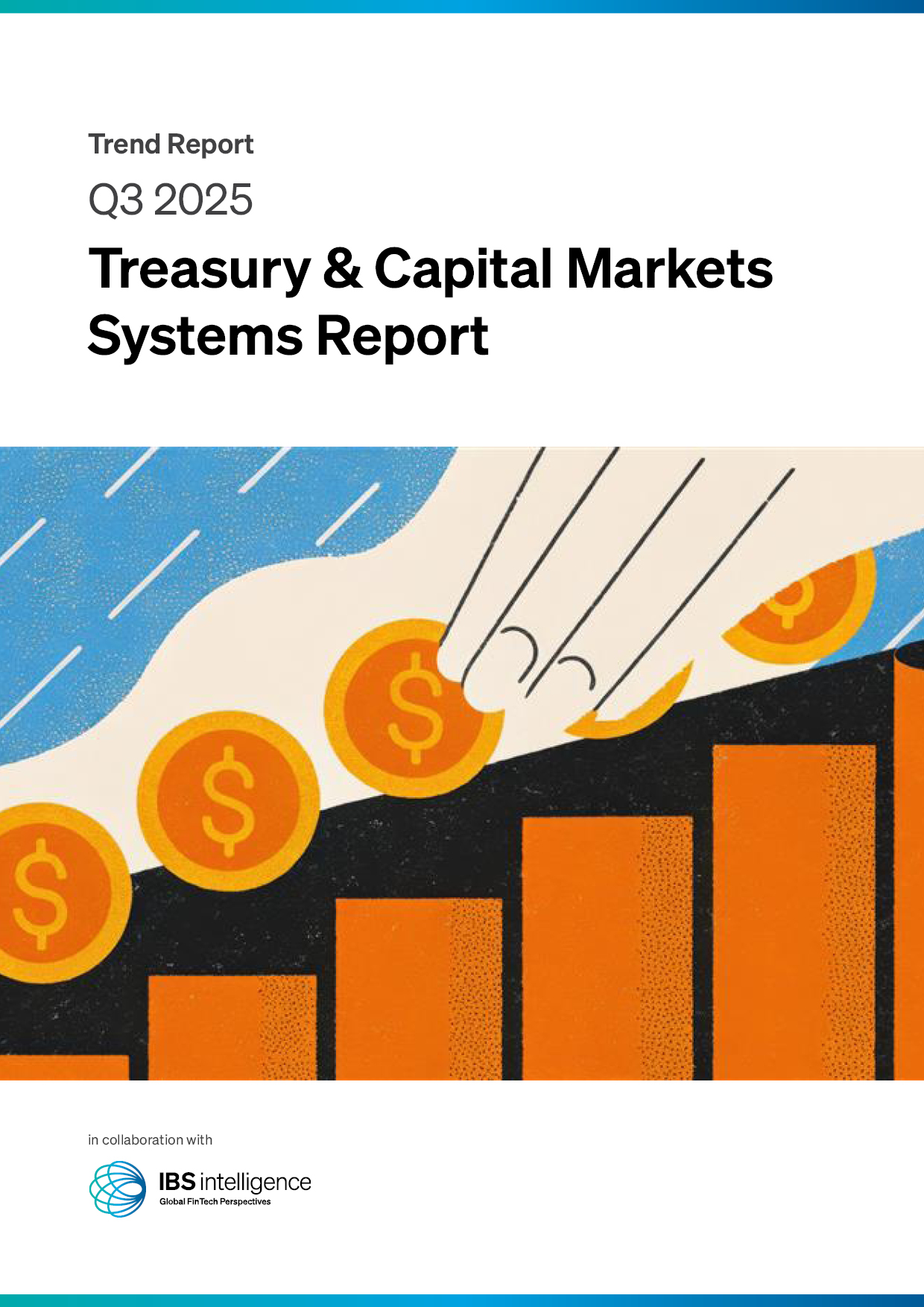 Back
Back
RBI revamps Partial Credit Enhancement rules to boost bond market access
By Gloria Methri
 In an effort to promote greater credit penetration and enhance the vibrancy of India’s corporate bond market, the Reserve Bank of India (RBI) has issued draft revised guidelines on Partial Credit Enhancement (PCE).
In an effort to promote greater credit penetration and enhance the vibrancy of India’s corporate bond market, the Reserve Bank of India (RBI) has issued draft revised guidelines on Partial Credit Enhancement (PCE).
The move is expected to be a game-changer for both investors and issuers, particularly non-banking financial companies (NBFCS) and mid-sized corporations, which often face challenges in accessing affordable debt.
By streamlining and liberalising norms around credit enhancement provided by banks for bond issuances, the RBI aims to create a more level playing field, allowing creditworthy but unrated or low-rated issuers to tap bond markets at lower interest rates.
The proposed framework aligns PCE facilities with non-fund-based instruments, enabling banks to backstop bond issuances through irrevocable commitments, thereby improving investor confidence and liquidity.
This shift is not only expected to broaden the investor base in India’s corporate debt market, attracting long-term institutional players such as insurance companies and pension funds, but also to improve the risk-reward equation by enhancing credit quality without transferring credit risk to banks. Analysts believe that a successful rollout of these guidelines could significantly boost domestic capital formation, support infrastructure financing, and reduce reliance on traditional bank lending.
Key Highlights of the Draft Guidelines:
Increased PCE Limit: The maximum PCE that regulated entities (REs) can provide has been raised from 20% to 50% of the bond issue. This enhancement is expected to enable companies to access bond markets at more competitive rates, particularly benefiting infrastructure projects.
Reduced Capital Requirements: The RBI has proposed a substantial reduction in the capital that REs need to set aside when providing PCE. This change aims to make PCE-backed instruments more attractive and viable compared to traditional bank loans.
Utilisation of Proceeds: Issuers are now permitted to use the funds raised through PCE-backed bonds to repay existing bank loans. This provision offers companies greater flexibility in managing their debt and can help free up bank limits for new projects.
Minimum Tenor Requirement: For Non-Banking Financial Companies (NBFCs) and Housing Finance Companies (HFCs), the bonds eligible for PCE must have a minimum tenor of three years. This stipulation ensures that the enhanced credit support is directed towards longer-term financing needs.
Implications for the Market:
These revisions are expected to expand the funding options for infrastructure projects and other long-term investments. By making PCE-backed bonds more accessible and attractive, the RBI aims to deepen the corporate bond market and reduce reliance on traditional bank financing.
Stakeholders and market participants are invited to provide feedback on the draft guidelines, which will inform the development of the final regulatory framework.
IBSi FinTech Journal
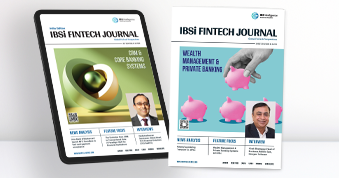
- Most trusted FinTech journal since 1991
- Digital monthly issue
- 60+ pages of research, analysis, interviews, opinions, and rankings
- Global coverage

